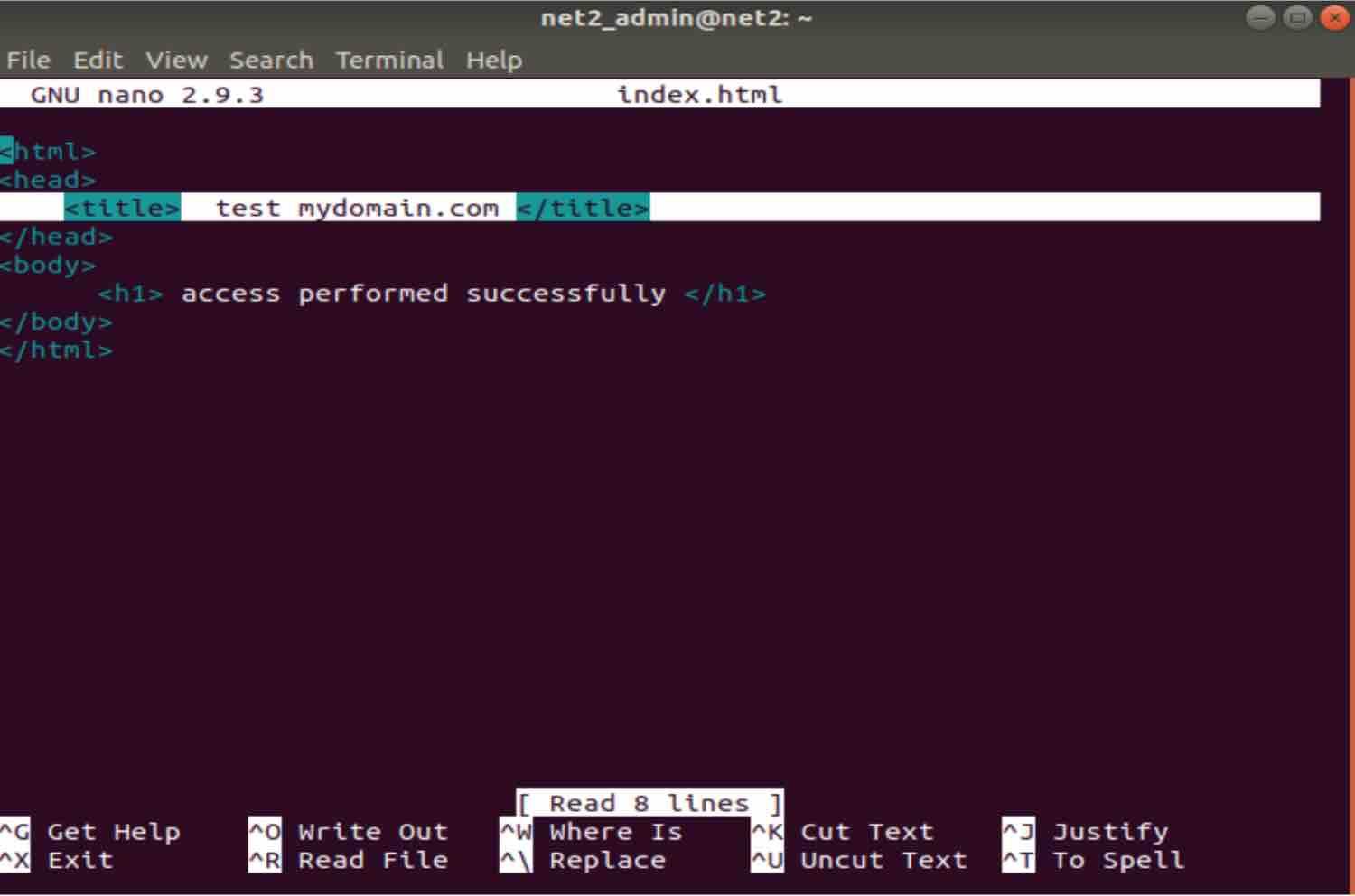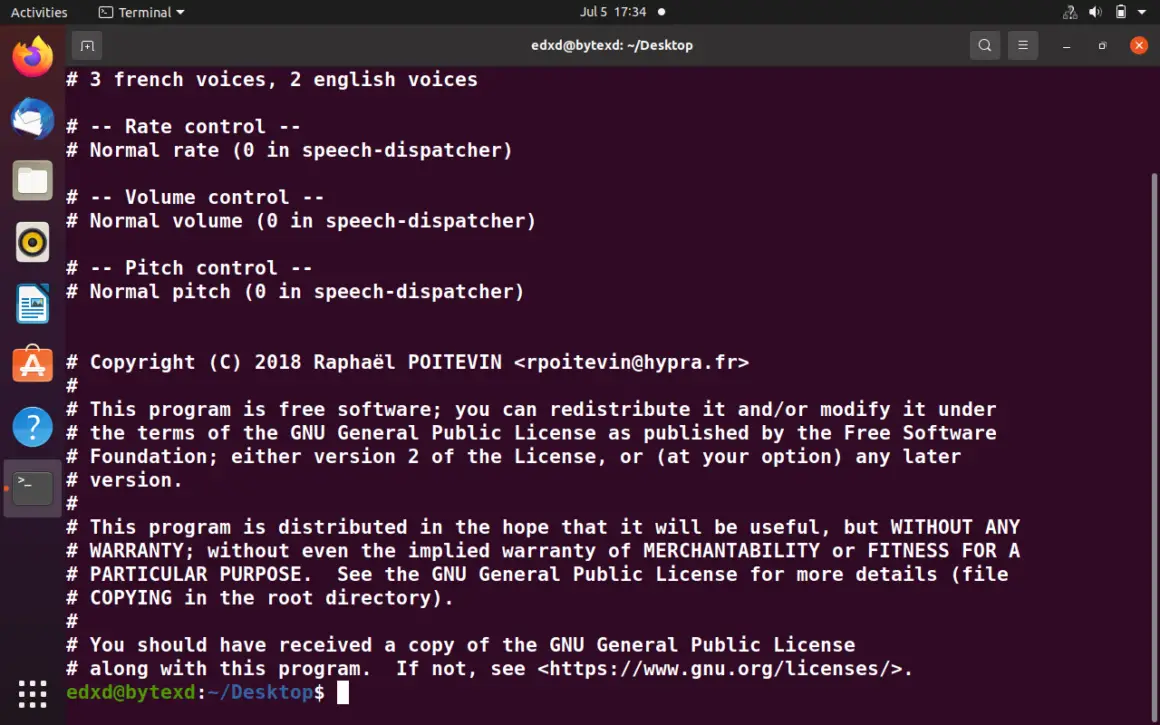


Grep’s search area can be broadened further by using its -r option to search recursively through an entire directory tree (i.e. The example above will search for the phrase ‘error 123’ in the file /file/name. This is achieved by enclosing the sequence of strings that forms the pattern in quotation marks (either single or double). It can also search for sequences of strings, including phrases. Grep is not limited to searching for just single words or strings. The option -i can be helpful Searches /file/name for ‘foo’ ignoring case of the word, ie foo Foo FOO etc. Each match will be displayed on a separate line.

Searches the file /file/name for the word ‘foo’. Thus, a line of text returned by grep can be as short as a single character or occupy many lines on the display screen. Newline characters are invisible characters that are represented in Unix-like operating systems by a backslash followed by the letter n and which are created when a user presses the ENTER key when using a text editor (such as gedit). Strings typically must be enclosed in quotations to ensure the program correctly recognizes them as strings and not a number or variable name.Ī line of text is defined in this context not as what appears as a line of text on the display screen but rather as all text between two newline characters. In programming a ‘string’ is a sequence of symbols or characters, eg. It returns all the lines that have the given pattern or string in them. The ‘grep’ command is used to search a given file for patterns specified by the user.īasically ‘grep’ lets you enter a pattern of text and then it searches for this pattern within the text that you provide it. It is one of the most widely used and powerful commands on Linux and Unix-like operating systems.
Grep command in linux how to#
This tutorial will show you how to use the grep command.


 0 kommentar(er)
0 kommentar(er)
